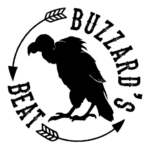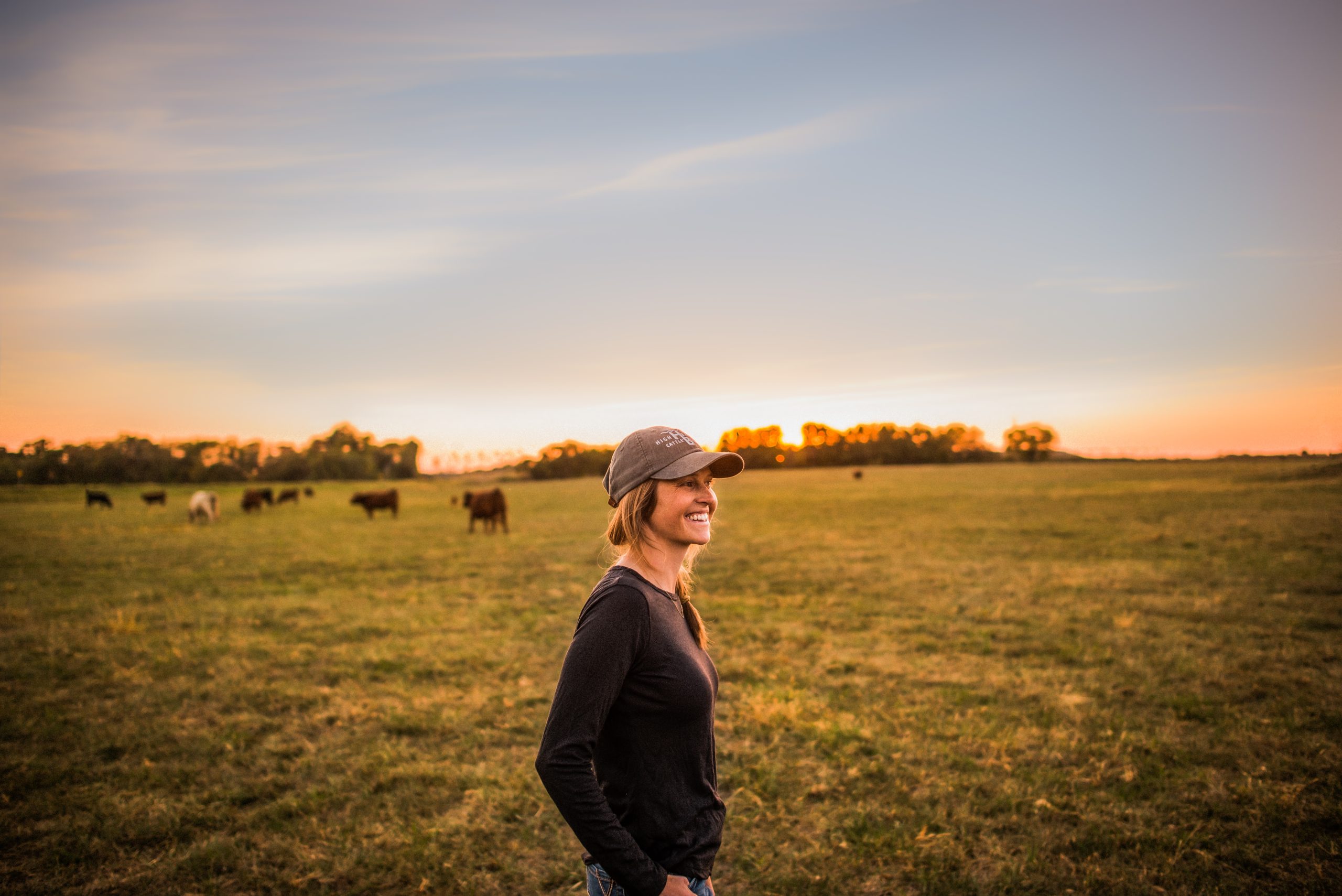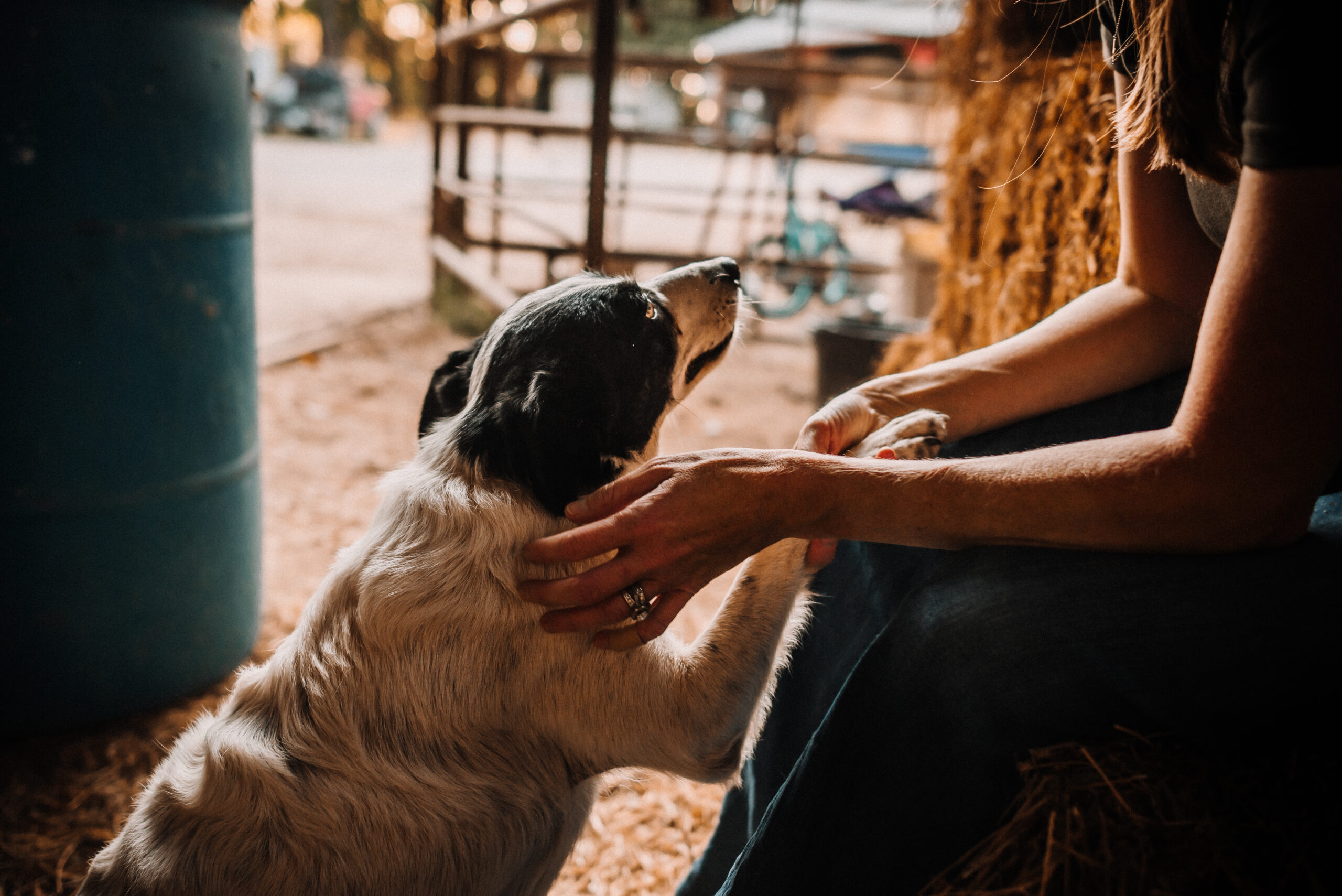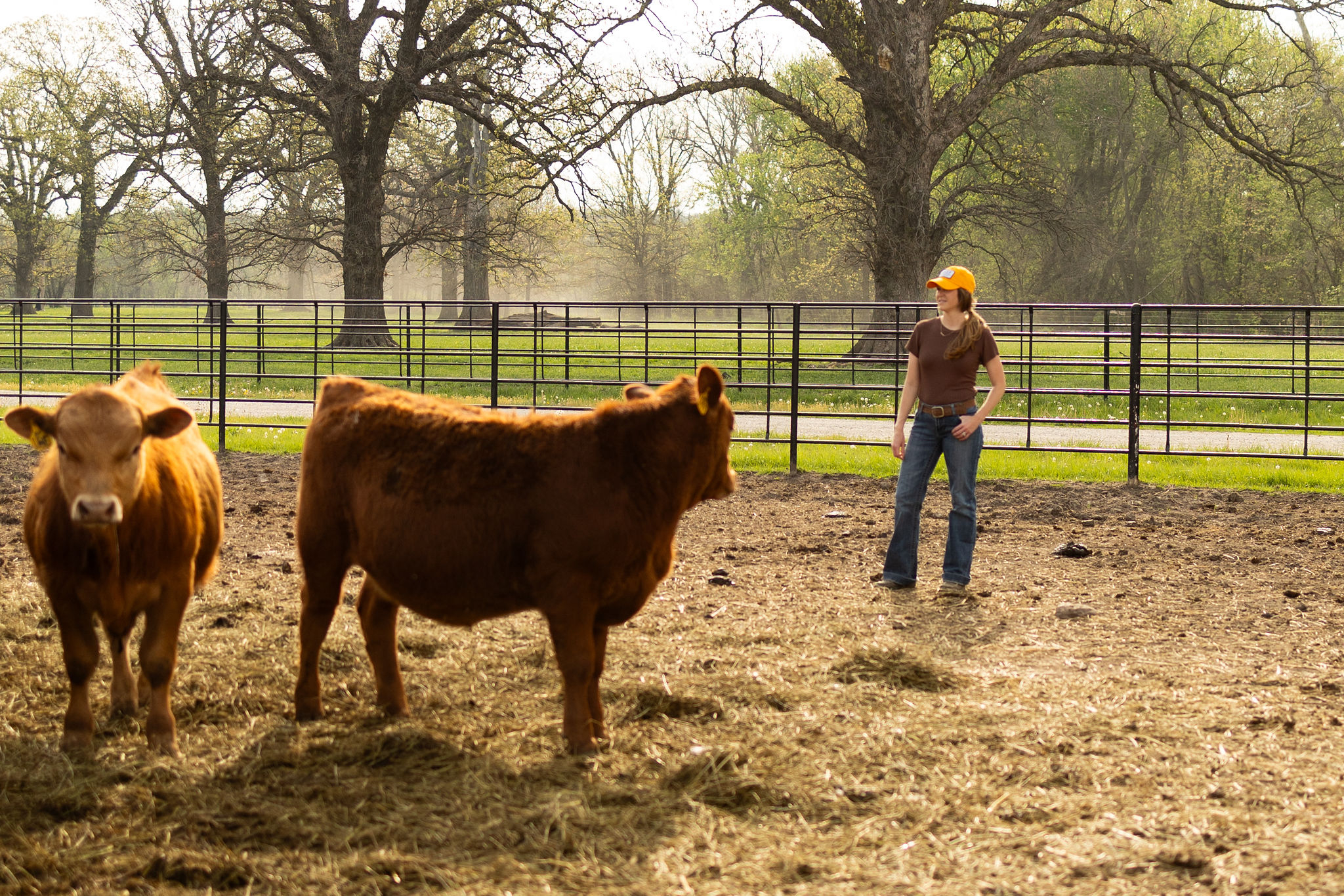It’s not uncommon to discuss rotational grazing, water plans and soil nutrients when the topic of sustainability arises, especially when it comes to discussions online and in print media. However, there are many animal and herd management tactics that cattle ranchers can use to further improve the sustainability and viability of their ranches.
It’s important to remember a few things about sustainability on farms and ranches, 1) solutions must be economically viable for them to be sustainable in the long run and 2) sustainability and animal welfare are focused on constant progress, there is no “finish line.” These methods are evaluated and altered yearly to ensure continuous improvement.
Genetics – When it comes to cattle breeding decisions, there are many different genetic profiles from which ranchers can choose. For example, we could breed our cows to a bull with high growth genetics, meaning his offspring should have more muscle which equates to more beef. Or we could choose a bull with fast-maturing genetics which would yield cattle that grow faster. These two traits combined yield more beef, faster which means fewer resources input to the cow herd compared to a herd that uses slower maturing or lower growth genetics.

Culling – There’s a general rule in the ranching community that a cow will eventually pay for herself if she has a calf every year. Through ups and downs, a cow that has a calf every year is earning her keep. However, if a cow does not get bred (meaning she is “open”) and have a calf, she is consuming (and essentially wasting) resources that could be funneled to a cow raising a calf. Ensuring that open cows
Technology – No, I’m not referring to fancy smart phones and computers; technology on ranches also takes place in the form of vaccinations and administration of antibiotics when animals are sick. We regularly employ vaccinations for multiple respiratory and vector-driven diseases, and while expensive, they help keep our animals protected against disease and help prevent the use of antibiotics. However, if we do have an animal get sick, we will treat it using our veterinarian’s guidance for a faster recovery. The use of these disease management protocols helps keep the cow herd healthy and growing, which means more safe and healthy beef.
Animal handling – When animals are stressed, it weakens their immune system and makes them more prone to illness. Consistent stress can also negatively impact metabolism and growth, and in the long term, meat quality. Many cattle ranchers have been trained in low-stress animal handling to help the overall wellbeing of their cows – such as the Beef Quality Assurance program – which subsequently improves herd health and the quality of the beef that arrives at the grocery store.
These are just a snapshot of ways that ranchers implement sustainable management practices on their ranch and each rancher tailors the management principles on her ranch to her own specific set of economic, societal and environmental circumstances.
Until next time
~ Buzzard ~
This post originally appearing on the website for Kansas Living.



